Rising natural gas prices means Xcel Energy should keep their coal plants running
Xcel Energy’s current plans to shut down their coal-fired power plants a decade before the end of their useful lifetime and replacing them with a combination of natural gas, wind, and solar is proving to be an expensive and potentially dangerous proposal.
Natural gas prices in the United States are rising to levels not seen since 2014, reaching $5.80 per million British thermal units (mmBtu), one of the most common ways natural gas is measured. These prices are more than two times higher than they were in 2020, according to U.S. Energy Information Administration (EIA) data.
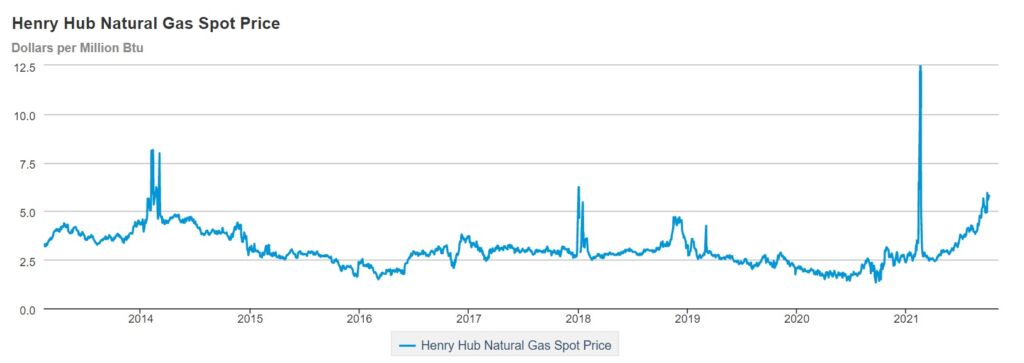
Rising natural gas prices have huge implications for Xcel’s proposed plan because natural gas prices are historically more volatile than coal prices. This means the closure of Xcel’s coal plants, which produce some of the most reliable and affordable electricity in the state, will force Minnesota families and businesses to pay more to keep the lights on.
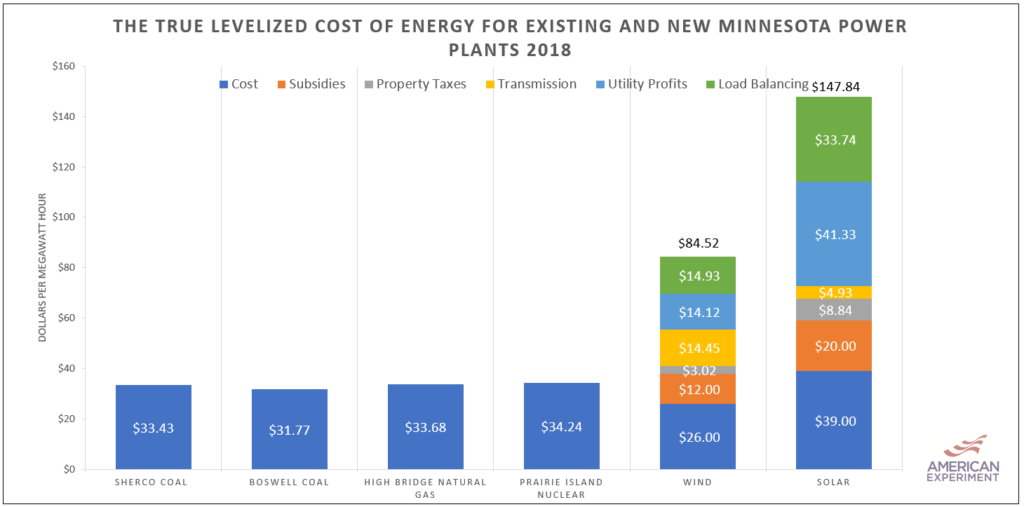
Wind and solar special interest groups will argue that natural gas is the problem and that we need more wind turbines and solar panels on the grid to reduce our dependence on this fuel. Nothing could be more wrong.
The real problem is that closing down our coal plants puts more strain on natural gas supplies, causing prices to increase. Europe is experiencing skyrocketing natural gas prices because they have closed their coal plants and artificially limited their access to natural gas by banning hydraulic fracturing for their own domestic natural gas supplies.
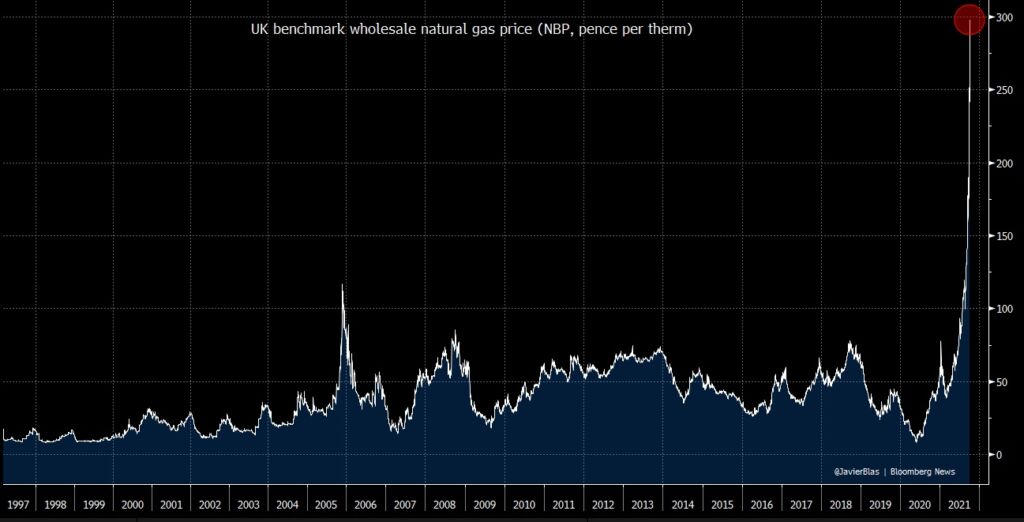
Wind and solar are not a real hedge against increasing natural gas prices because they only work when the weather cooperates. Furthermore, they almost always disappear when you need them most, increasing the demand for…natural gas.
The graph below shows electricity generation during the Polar Vortex of 2021, known as Winter Storm Uri, in much of the country, in the regional electric grid to which Minnesota belongs. Wind generation plummets along with the temperatures, and electricity generation from natural gas power plants rises to meet the needs of Minnesotans.
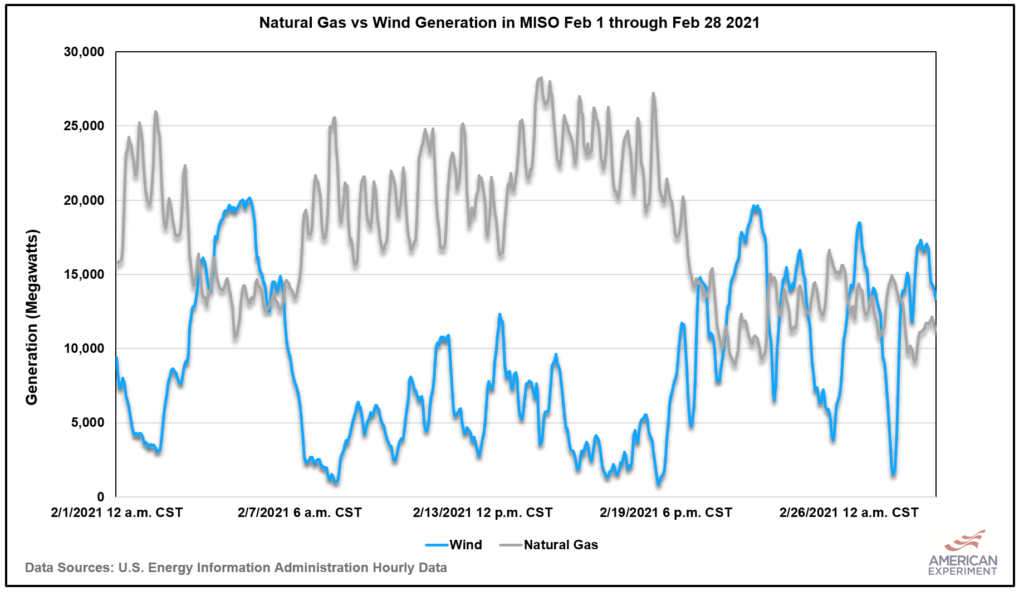
Without the coal plants that provided more than half of the electricity used during the Polar Vortex (see below), gas supplies would be even more strained.
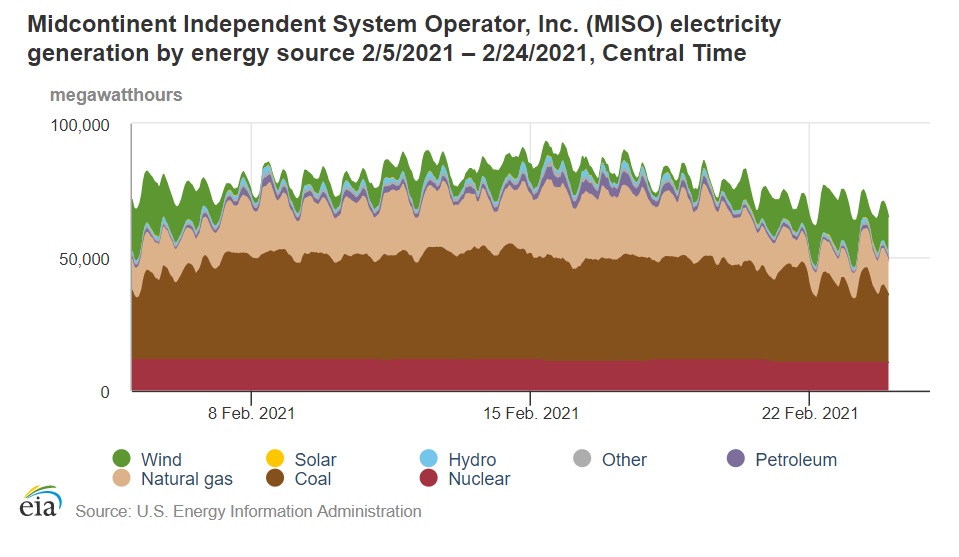
If there was ever a time to press pause and take a wait-and-see approach to energy planning, this is that time. Events of the last three weeks show market conditions can change very quickly, and premature decisions made today can have profound negative consequences down the road.
It is important to remember that Xcel’s decisions will affect all of us in Minnesota.
Many people don’t realize that the electrons that power their refrigerators, lights, and laptops don’t necessarily come from the power plants operated by their electric company. Instead, the electric grid is like a community pool, and the closure of a coal-fired power plant owned by Xcel Energy reduces the amount of electricity available to everyone else on the regional grid.
Keeping 2,750 megawatts of reliable generating capacity on the grid is significant, especially when this generation is immune to rising natural gas prices. Xcel should do the right thing and pump the brakes on its plan to shut down its coal plants before they have reached the end of their useful lives.